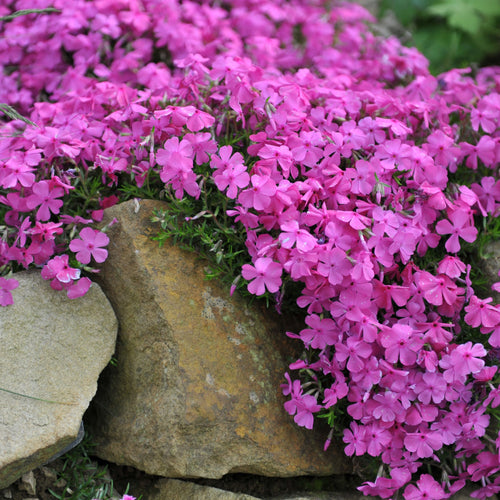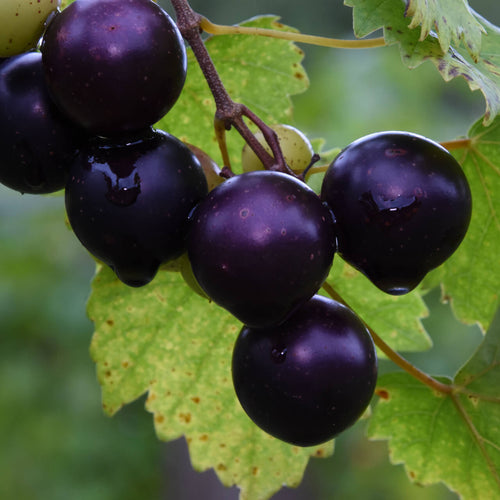How To Plant Your Grape Vineyard
Many seniors transitioning into retirement find it more challenging than expected because they no longer have a purpose. One way to remedy these feelings is by finding other ways to occupy your days. Retirement is a great time to revisit past hobbies or explore interests you never had time for before. If you have ever had the desire to grow your vineyard, we've laid out a few simple steps to get you started.
Consider your geographic location.
Wild grape vines are surprisingly hardy and can grow in some environments. There are three main types of grapevines, Muscadine, European, American, and hybrid vines. You will need to figure out which of these vines is best suited to your climate. American vines do well in the cold and will do just fine in Northeastern states. Muscadine grapes are thick-skinned and quickly adapt to the hot and humid climate of the south. European grapes do best in Mediterranean-like environments that are dry and sunny, like California. Whatever you do, plant dormant grapevines in spring. Build a trellis or arbor before planting. Space 3-4 feet apart.
Find a sunny spot
Regardless of climate, your grapevines will need ample sunshine to thrive. Ideally, you will plant your vines in a section of your yard that receives sun all day long. If this is not possible, planting your vines in an area that at least receives sun in the morning will help them flourish. People who live in the Northeastern states should aim for a south-facing patch of land that will get ample summer sun.
Planting the vines
You want to plant dormant grapevines in spring. Build a trellis or arbor before planting. Space 3-4 feet apart for the best chance of success. The grille will help train your vines as they grow. It is not uncommon for young grapevines to need a little encouragement to grow upwards rather than out or down. You want your soil to be loose and relatively thick, and you will want to make sure your soil is free of weeds or grass. Although you might fertilize other plants, skip the vines. They typically do not need additional fertilizer unless the soil is terrible. As your vines grow, they should produce dark green leaves. If they aren't, then you might consider the fertilizer.
Watering your vines
In an ideal world, your area would receive an inch of rain a week, and you would not need to water your vines. Depending on your geographic location, this may not be possible. If your area does not get regular rain, you will need to water your wild grapevines. However, it is essential to note that your grapes do not like to have their roots soaked in water, either. Suppose the vines aren't planted in an area with natural drainages, like a sloping hill. In that case, you might consider an irrigation system that will give your grapevines the regular hydration they need without overwhelming them.
Preventing pests
The type of pests you will combat again depends on your geographic location. Heat and humidity often foster fungus and mildew, while vines in California are susceptible to pests that attack the roots. Grapevines, like other plants, are generally vulnerable to mites, Japanese beetles, and aphids. If pests become a problem, you can use organic sprays, try releasing some ladybugs, which eat aphids and will not do any harm to your vines, or put a net over your grapes to prevent birds from pecking.
Ongoing maintenance
The most intensive and critical task you will take on as a grapevine grower is pruning your vines. The best time to prune is when the vines are dormant in the winter or early spring. Not pruning often enough can stunt grape growth, although you will have lots of vine growth. Grapes result from the current season's growth so that you can prune as much as 90 percent of the previous season's growth. It may come as a surprise, but heavy pruning is best for your vines, so don't be shy.
Helpful Hints
It is recommended not to let your vines produce fruit for the first few years since the weight can be too heavy for new vines to support. It is also critical for your grapevines to develop a deep root system to support future fruit growth. When selecting vines, you want to find plants around a year old with evenly distributed virus-free roots.
Ample airflow will also help prevent fungus from growing and damaging your vines, so do your best to plant your wild grapevines in an area free from brush, trees, or other structures.
Unlike other fruit, grapes do not ripen any more once they are picked, so only pick them when they reach your desired level of sweetness (it might take some time to find the sweet spot). You can freeze your grapes, keep them in the fridge for up to one week, or keep them in your cellar (or any other dark, calm environment) for up to 6 weeks after picking.
You can also find additional resources like books or even local groups for novice grape growers. If one doesn't exist, consider starting one. In addition to being a helpful resource, you might make new friends with similar interests.




















































